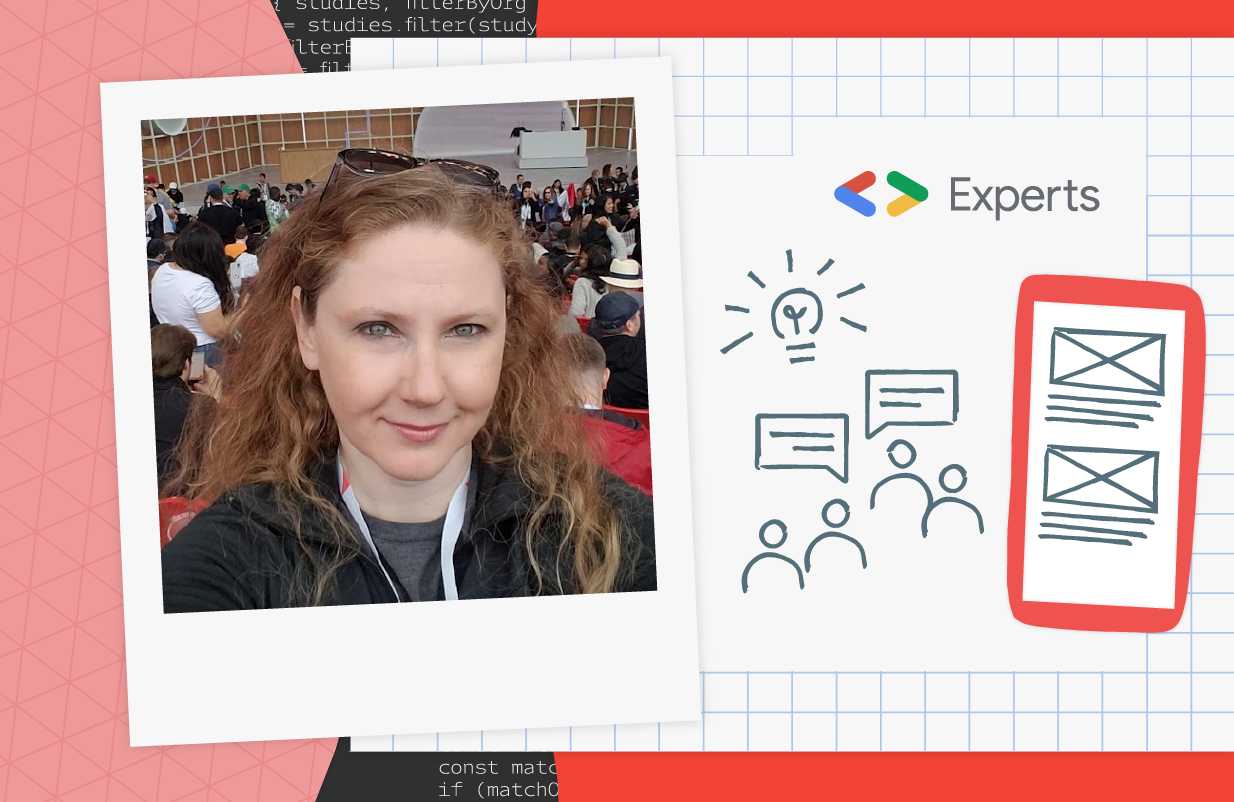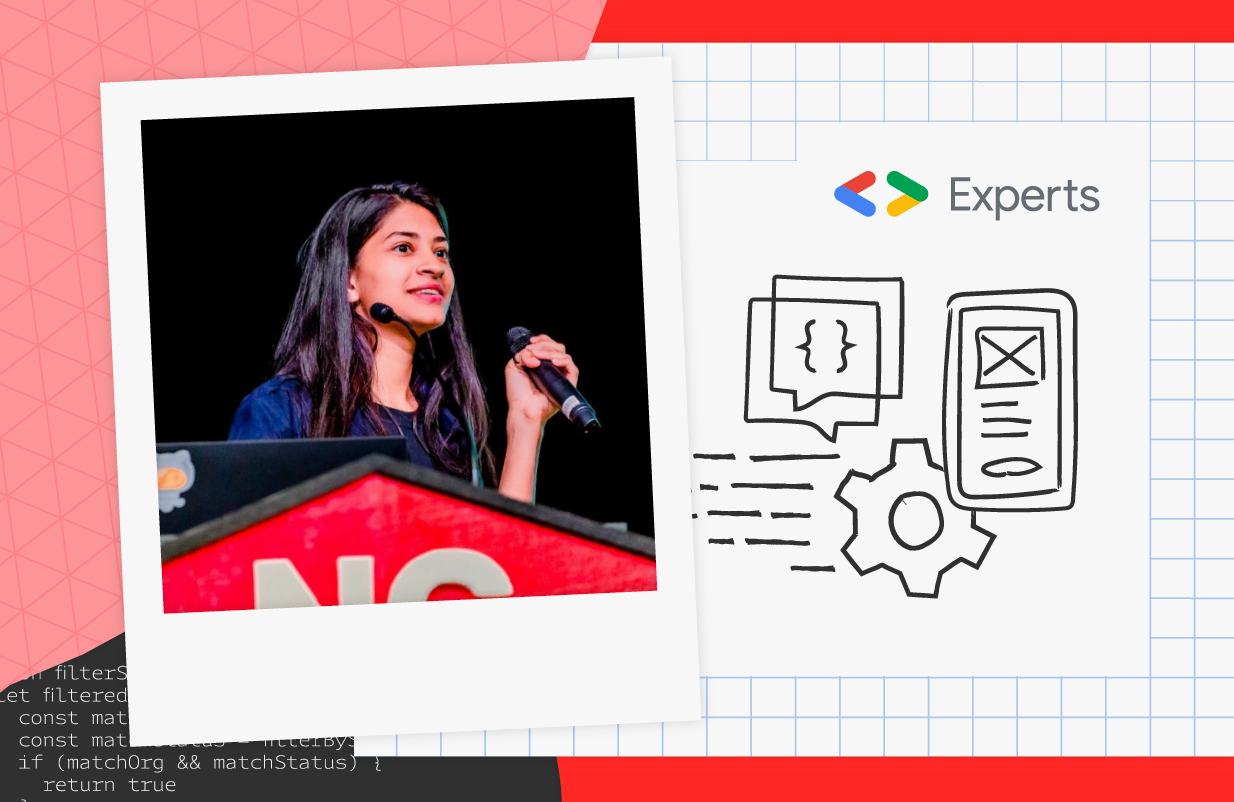Posted by Kübra Zengin, North America Regional Lead, Google Developers
A Path to Programming
“I was hooked from the start,” says Jennifer Bailey about programming. Always interested in the way systems work, Jennifer, now an educator in Colorado, found her path to programming in an unconventional way. She first earned a General Educational Development degree, otherwise known as a “GED” in the United States, from Aims Community College, when she was only 15 years old.
Ever a quick learner with the ambition to excel, she then secured an associate’s degree, bachelor’s, and master’s degree in Applied Science. With degrees in hand, she taught herself C Sharp while working at a local firm as a software developer building desktop applications.
When one of her mentors from Aims Community College was retiring, the school recognized Jennifer’s programming expertise and hired her to teach computer science in 2011. The administration then asked her to create the college’s certificate in mobile application development from scratch. To build out a curriculum for her new assignment, she needed to find some inspiration. As Jennifer sought out resources to curate the content for the college’s new program in mobile development, she found a local Google Developer Group (GDG), an organization where local developers came together to discuss cutting-edge programming topics.
Finding a Google Developer Group in Northern Colorado
She attended her first event with the group that same week. At the event, the group’s leader was teaching attendees to build Android apps, and other developers taught Jennifer how to use GitHub.
“I went to that in-person event, and it was everything I was hoping it would be,” Jennifer says. “I was just blown away that I was able to find that resource at exactly the time when I needed it for my professional development, and I was really happy because I had so much fun.”
The community of welcoming developers that Jennifer found in GDG drew her in, and for the first time at a technical networking event like this one, she felt comfortable meeting new people. “That initial event was the first time I felt like I had met actual friends, and I’ve been involved with GDG ever since,” she says.
A Life-Changing Community
As time progressed, Jennifer started attending GDG events more often, and eventually offered the meeting space at Aims Community College where the group could gather. After she made the offer, the group's organizers invited her to become a co-leader of the group. Fast-forward to the present, and her leadership role has led to numerous exciting opportunities, like attending Google I/O and meeting Google developers from all over the world.
“By participating in GDG, I ended up being able to attend Google I/O,” says Jennifer. “This community has had a massive impact in my life.”
Ongoing Education
Jennifer’s local GDG provides support for Android that helps other learners while also remaining helpful to her teaching of computer science subjects and the Android IOS mobile developer certificate.
“What keeps me engaged with Google technology, especially with Android, is all of the updates, changes, new ideas and new technology,” she says.
Jennifer notes that she appreciates the Android ecosystem’s constantly evolving technology and open source tools.
- After becoming fascinated with Android, Jennifer discovered that the more time she spent learning and delving into Android, the more she learned and gained expertise that she could apply to other platforms.
- Jennifer’s Android expertise has also led to her becoming an author for Ray Wenderlich, for whom she contributed to Saving Data on Android and Android Accessibility by Tutorials and a video course on building your first app using Android and Kotlin. “I like Jetpack Compose a lot, and I’m very interested in Android accessibility, so I can’t wait to update that book,” she says.
- She served as editor on an article about “Lazy Composables” on lists.
Positive Career Impact
In Jennifer’s view, involvement with Google Developer Groups positively impacted her career by exposing her to a local group of developers with whom she is deeply connected, providing resources and instruction on Android, and providing her with a leadership opportunity.
“I have met such a diverse sampling of people in Google Developer Groups, from all different industries, with all different levels of experience–from students, self-taught, to someone who’s been in technology longer than I have,” Jennifer says. “You never know who you will meet out there because GDG is filled with interesting people, and you never know what opportunities you will find by mixing with those people and comparing notes.”
If you’re looking to grow as a developer, find a GDG group near you. Learn more about Google Developer Groups and find a community near you!
































